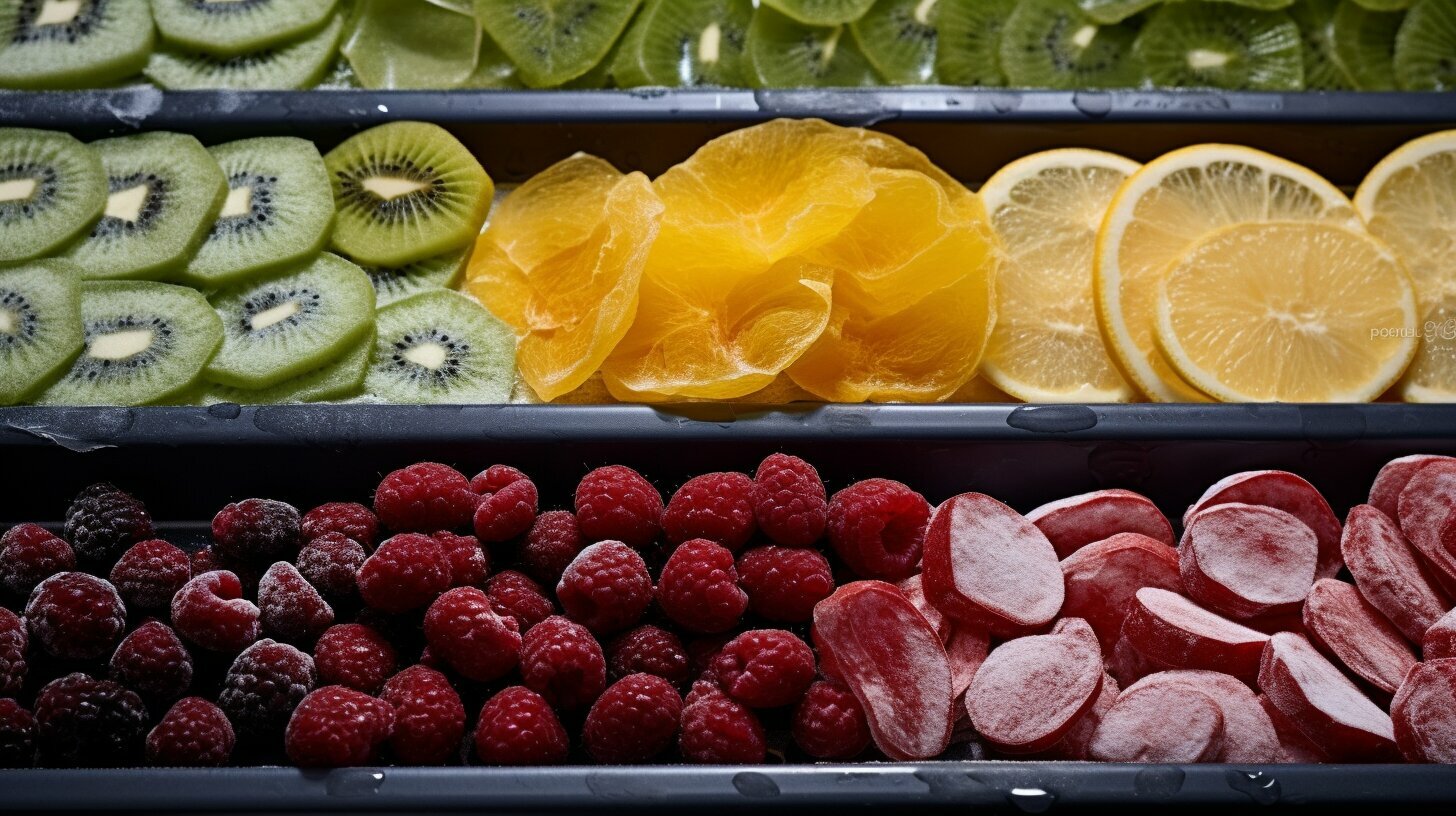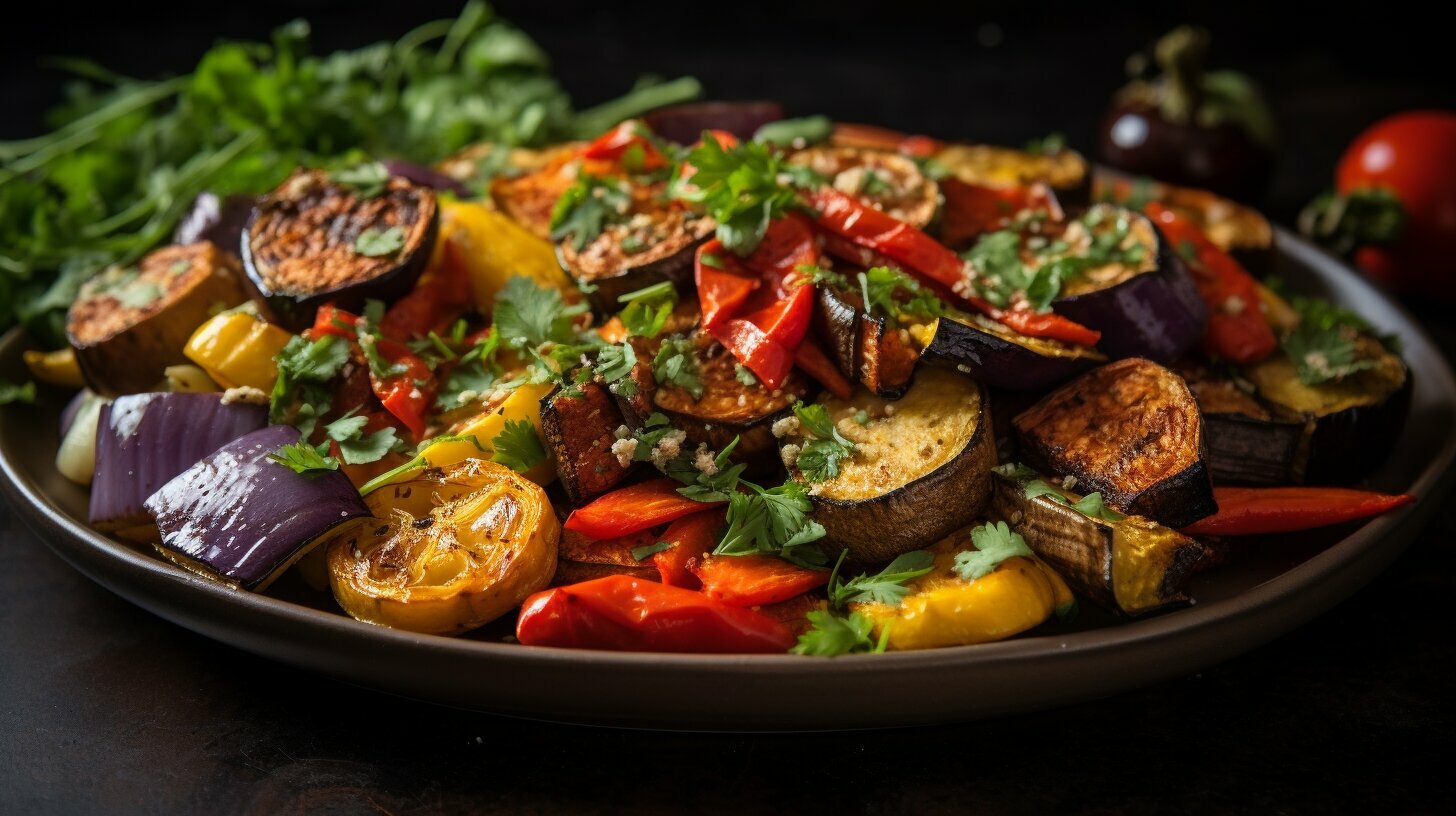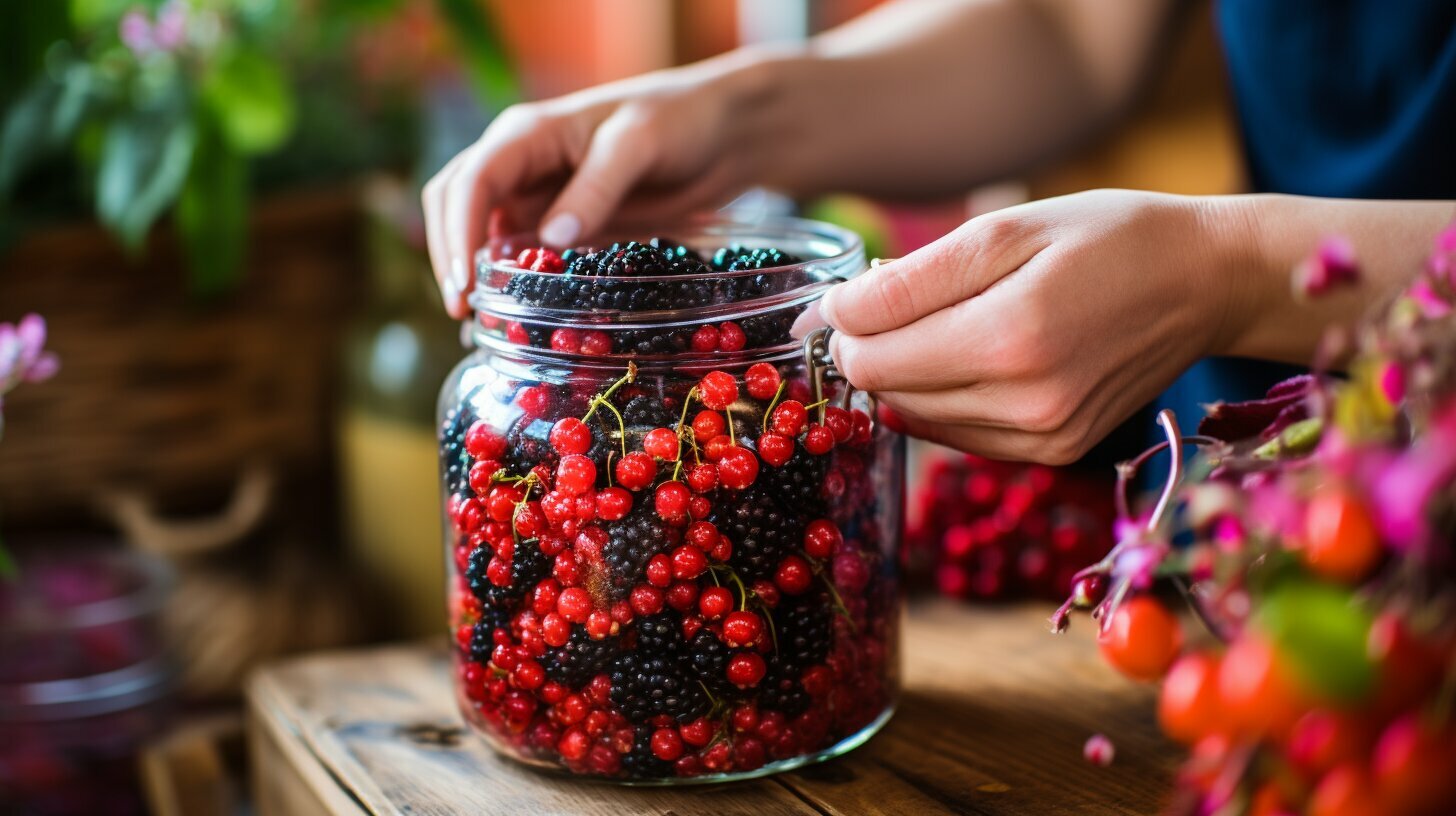If you’re looking for ways to preserve your food for long-term storage, you’ve likely come across the terms “freeze drying” and “dehydration”. While both methods help to remove moisture from food and preserve it for later consumption, they are not the same. In this section, we will delve into the differences between freeze drying and dehydration. We will explore the various methods, impacts on nutrition and longevity, and the benefits of each process. By the end of this article, you will be able to make informed decisions for your food storage needs.
Key Takeaways
- Both freeze drying and dehydration are methods of preserving food for later consumption.
- Freeze drying involves removing moisture from food by freezing it and then subjecting it to a vacuum environment.
- Dehydration involves removing moisture from food to inhibit the growth of bacteria, yeast, and molds.
- Freeze drying retains most of the food’s original flavor, texture, and nutritional content.
- Dehydration reduces the weight and bulk of the food while preserving its nutritional value.
- Understanding the differences between freeze drying and dehydration can help you choose the best method for your food storage needs.
What is Freeze Drying?
When it comes to preserving food, freeze drying is a popular method that offers several advantages over other drying methods, such as air drying, sun drying, and conventional drying. Freeze drying involves removing moisture from food by freezing it and then subjecting it to a vacuum environment.
This method helps retain most of the food’s original flavor, texture, and nutritional content, making it a preferred choice for many food manufacturers, chefs, and emergency preparedness enthusiasts. Compared to air drying or sun drying, freeze drying takes longer and requires specialized equipment, but the end result is worth the effort.
Disclosure: When you buy through links on our site, we may earn an affiliate commission.
Unlike air-dried or sun-dried food, which can lose flavor and texture, freeze-dried food retains its original taste and texture, making it an ideal choice for camping, hiking, and other outdoor activities where fresh food may not be available.
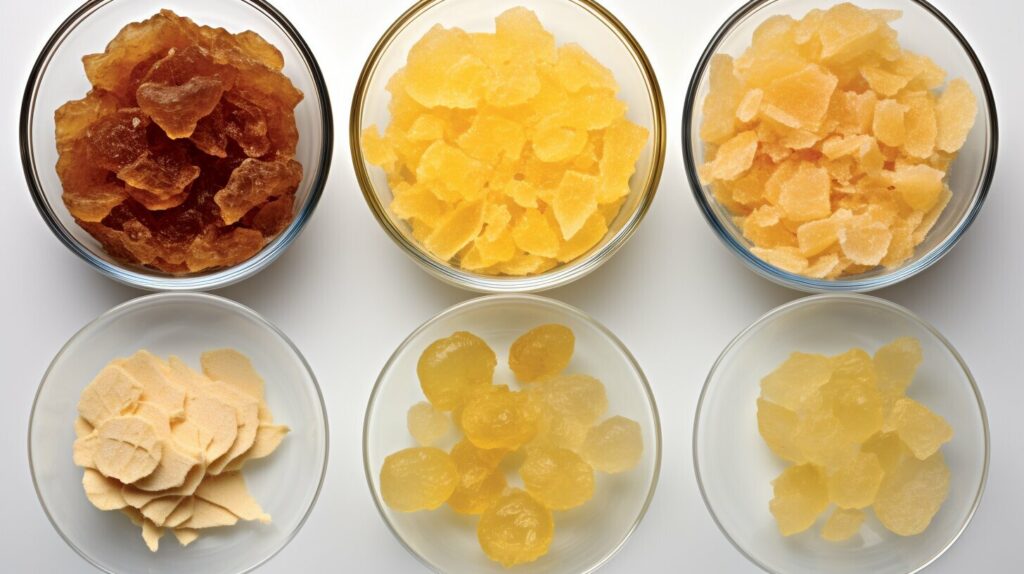
Freeze Dried vs Air Dried
While air-dried food is exposed to warm air for an extended period, freeze-dried food is frozen and subjected to a vacuum environment. As a result, freeze-dried food retains more of its original flavor, texture, and nutritional content than air-dried food.
Freeze Dried vs Sun Dried
Sun-dried food is exposed to sunlight and air, which can cause nutrient loss and flavor changes due to oxidation. Freeze-dried food, on the other hand, is frozen and dried in a vacuum, which helps retain nutrients and prevent oxidation.
Freeze Dried vs Conventional Drying
Conventional drying methods, such as oven-drying or dehydrator-drying, expose food to heat, which can lead to nutrient loss and changes in texture and flavor. Freeze-drying, however, uses a combination of freezing and drying in a vacuum, which helps retain most of the food’s original nutrients, texture, and flavor.
Freeze Dried vs Vacuum Dried
Both freeze-drying and vacuum-drying methods involve removing moisture from food through a vacuum environment. However, freeze-drying involves freezing the food first, which can help retain more of the food’s original nutrients and texture compared to vacuum drying.
How Does Freeze Drying Work?
Freeze drying is a unique process that involves removing moisture from food by freezing it and then subjecting it to a vacuum environment. The process is gentle and helps retain most of the food’s original flavor, texture, and nutritional content, making it a popular method for preserving food. The freeze drying process typically involves three main steps:
- Freezing: The food is first frozen to a temperature below its freezing point, ensuring that all the water inside it solidifies.
- Sublimation: The frozen water is then converted directly into vapor through a process called sublimation. This occurs under a low-pressure environment, where the vaporization point of water is lowered, causing the ice to turn into gas without melting into liquid.
- Desorption: Finally, the vapor is removed from the food through desorption, where the food is exposed to a slightly higher temperature, which causes the ice in the food to sublimate and the vapor to be removed.
The resulting freeze-dried food has a very low moisture content, which makes it lightweight and easy to store and transport. The process also preserves the food’s quality and extends its shelf life, making it an ideal method for long-term food storage.
The freeze drying process is a delicate balance of temperature, time, and pressure, requiring specialized equipment and expertise. Despite its complexity, it offers several benefits over other drying methods, such as air drying, sun drying, and conventional drying. In the next section, we will explore the benefits of freeze drying in more detail.
Benefits of Freeze Drying
When it comes to preserving food, freeze drying offers several benefits that make it an attractive choice. For starters, the process helps retain the nutritional value of the food. Freeze drying locks in essential vitamins, minerals, and enzymes that may be lost in other preservation methods. This makes freeze-dried food a healthy and nutritious option.
Moreover, the process maintains the original taste, texture, and appearance of the food. Unlike other methods of preservation, freeze drying preserves the food’s sensory qualities, making it more appealing and appetizing. Whether it’s fruits, vegetables, or meats, freeze-dried food looks and tastes just like fresh food.
“Freeze drying locks in essential vitamins, minerals, and enzymes that may be lost in other preservation methods, making freeze-dried food a healthy and nutritious option”
Another advantage of freeze drying is that it has a long shelf life. Freeze-dried food can last for up to 25 years or more, making it ideal for emergency preparedness, camping, and other outdoor activities. Plus, freeze-dried food is lightweight and easy to transport, making it a favorite among backpackers and hikers.
Finally, freeze drying has environmental benefits as well. The process of freeze drying uses less energy than other preservation methods, making it a more sustainable choice. Additionally, freeze-dried food packaging is often more eco-friendly since it’s lightweight and takes up less space.
Overall, freeze drying offers numerous benefits that make it a popular choice for preserving food. Its ability to retain the food’s nutritional value, taste, and appearance, combined with its long shelf life and eco-friendliness, make it an ideal option for anyone looking to store or transport food.
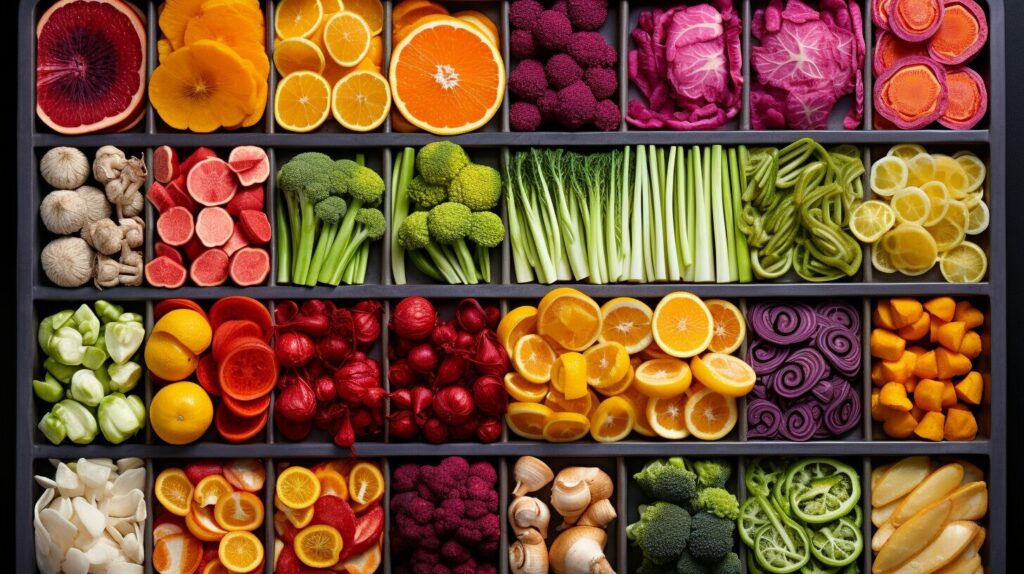
What is Dehydration?
Dehydration is a food preservation method that involves removing moisture from food to inhibit the growth of bacteria, yeast, and molds. This process enhances the shelf life of the food and makes it more compact, making it an ideal option for backpacking and outdoor activities. Dehydrated food is also convenient to store and transport, making it a popular choice for emergency preparedness.
Unlike freeze-drying, dehydration involves using heat to evaporate the moisture content from the food. The heat removes the water, reducing the risk of spoilage and microbial growth. This process can be done using various methods, such as sun drying, air drying, or using specialized dehydrators. Dehydrated food is typically lightweight and easy to rehydrate when needed.
Dehydration is often used for preserving fruits, vegetables, meats, and herbs. The process can enhance the flavor of certain foods like dried fruits and jerky. While dehydration may cause slight nutrient losses due to the application of heat, it still offers a decent shelf life depending on how it is stored.
It is essential to note that freeze-drying and dehydration are not the same. In the next section, we will explore the differences between freeze drying and dehydration in more detail.
Freeze Dried Food vs Dehydrated Food
When it comes to freeze-dried food vs dehydrated food, several differences set the two apart. Freeze-dried food typically retains the original taste, texture, and nutritional value of the food, making it a popular choice for long-term storage. Dehydrated food, on the other hand, offers convenience and enhances the flavor of certain foods. Both methods are effective in preserving food, but the choice depends on personal preferences and specific needs.
Next, we will delve deeper into the differences between freeze drying and dehydration in terms of their impact on nutrition and the longevity of preserved food.
How Does Dehydration Work?
Dehydration is a process that involves removing moisture from food to inhibit the growth of bacteria, yeast, and molds. There are various methods of dehydrating food, but the most common methods include:
- Sun Drying: This method involves placing the food items in direct sunlight to dry out the moisture content. Although it is a natural and inexpensive method, it is not always reliable because it depends heavily on weather conditions and can take a long time to complete.
- Air Drying: This method entails placing the food items on racks or other surfaces to allow the air to circulate around them. It is a simple and convenient method, but it requires a warm and dry atmosphere for optimal results.
- Dehydrator: This method uses an electric dehydrator, which features a heating element and a fan to circulate warm air around the food. Dehydrators can rapidly dry foods without damaging the nutrients, and they can accommodate different food items and settings.
The heat applied during the dehydration process removes the water content, reducing the risk of spoilage and microbial growth. This method can preserve fruits, vegetables, meats, and herbs for longer periods than their fresh counterparts, making them suitable for use in various recipes.
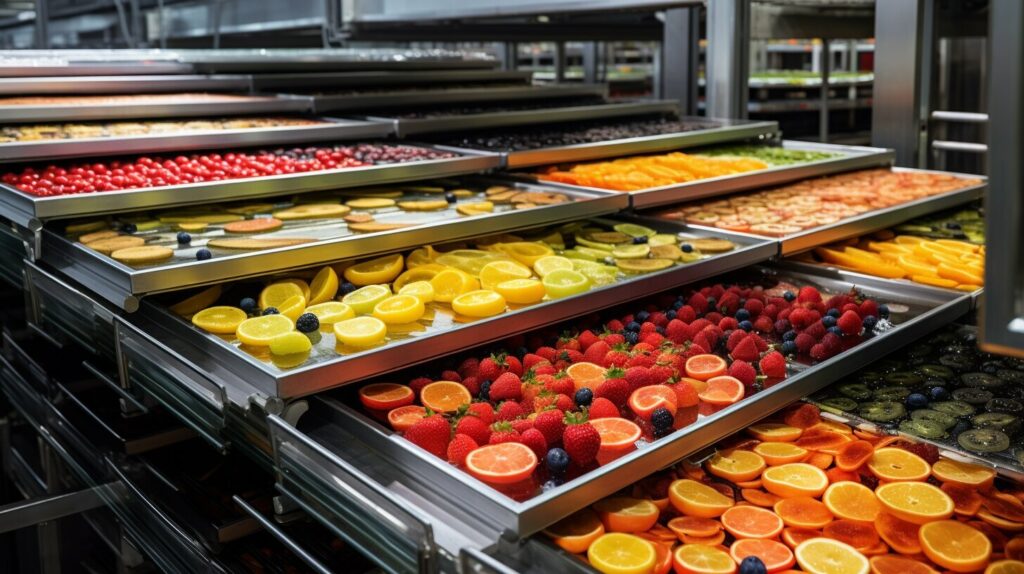
Tip: When dehydrating food, it is important to cut the food into uniform sizes for even drying. It is also recommended to blanch or steam vegetables before dehydrating them to soften them and reduce the drying time.
Benefits of Dehydration
Dehydration offers several benefits for preserving food, making it a popular choice for outdoor enthusiasts and those looking to increase the longevity of their food storage. By removing the moisture from food, dehydration helps inhibit the growth of harmful microorganisms, thus increasing the shelf life of the food.
One of the biggest advantages of dehydration is that it helps retain the nutritional content of the food. While certain vitamins, minerals, and enzymes may be lost due to the application of heat, dehydration generally preserves the nutrients better than other methods of preservation like canning or freezing.
In addition to its nutritional benefits, dehydration also makes food easier to store and transport. Dehydrated food is lightweight and compact, allowing you to carry more food with less weight and space. This makes it an ideal option for backpacking trips and emergency preparedness kits.
Another advantage of dehydration is that it can enhance the flavor of certain foods like dried fruits, herbs, and jerky. The drying process concentrates the natural sugars and flavors, resulting in a more intense taste.
Overall, the benefits of dehydration make it a valuable method of preserving food. When compared to other methods like freeze drying or canning, dehydration offers convenience, taste enhancement, and nutritional value preservation.
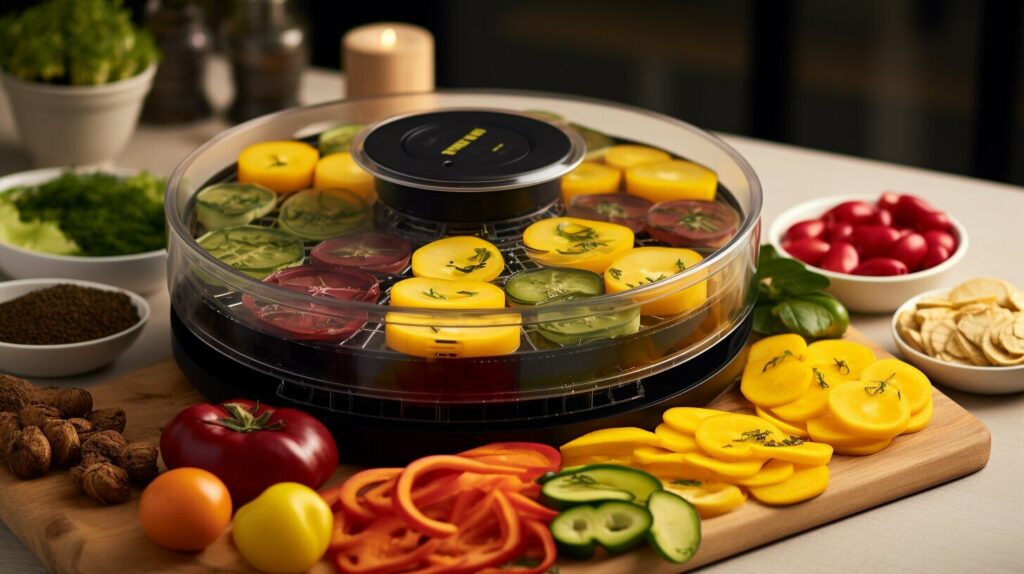
Freeze Drying vs Dehydration: Impact on Nutrition
When it comes to the nutritional value of preserved food, both freeze drying and dehydration can have an impact.
Freeze drying is a gentle process that involves freezing and removing the moisture from food under a vacuum, which allows the food to retain most of its original flavor, texture, and nutritional content. This method preserves vitamins, minerals, and enzymes, making freeze-dried foods a nutritious option.
Dehydration, on the other hand, typically involves applying heat to evaporate the water content, which can cause slight nutrient losses. While some vitamins and minerals may be lost through dehydration, many nutrients are retained, making it a good option for long-term storage.
Overall, both preservation methods offer benefits and drawbacks when it comes to nutrition. If maintaining the highest level of nutrients is a priority, freeze drying may be the best option. However, if you are looking to preserve food at home using affordable and convenient methods, dehydration can still provide a nutritious option.
Understanding the differences between freeze drying and dehydration can help you choose the best method for your specific needs. Consider the nutritional value, shelf life, and convenience of each preservation method when making your decision.
Freeze Drying vs Dehydration: Impact on Nutrition
When it comes to preserving the nutritional content of food, both freeze drying and dehydration have their differences. Freeze drying involves a gentle process that retains most of the food’s original vitamins, minerals, and enzymes. As the food is frozen, the moisture is removed through sublimation, leaving the nutrients intact.
On the other hand, dehydration can cause slight losses in nutritional value due to the application of heat. Although dehydration is a quick and efficient way of removing water from food, the heat may break down some of the nutrients, altering the overall nutritional content.
It is worth noting, however, that both methods offer a reasonable way of preserving the nutritional quality of food, especially when compared to other preservation techniques such as canning.
Ultimately, the decision on which method to use for preserving your food will depend on your priorities and specific needs. If you prioritize nutritional quality, freeze drying may be the better option for you. But if you’re more concerned with convenience and prefer a method that enhances flavor, dehydration may be your preferred method.
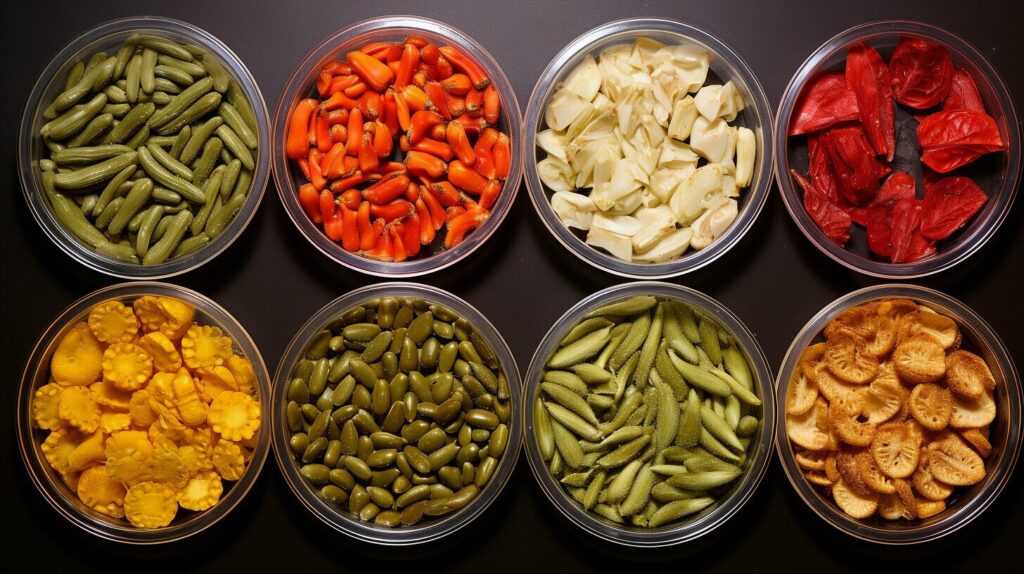
Conclusion
Both freeze drying and dehydration are effective methods of preserving food. When considering which method to use for your food storage needs, you should consider your specific priorities and requirements.
If you need to preserve food for a long time, freeze drying is the better option. Freeze-dried food can last for up to 25 years or more when stored properly. It retains the original taste, texture, and nutritional value of the food.
However, if you are looking for convenience and enhancing flavors, dehydration is a good option. Dehydrated food is lightweight, compact, and easy to store. It’s also a great option for jam-packed trips and outdoor activities.
Final Thoughts
Whether you opt for freeze drying or dehydration, both methods can help you extend the life of your food. Take into account your specific needs, the type of food you are preserving, and the duration of storage when choosing a food preservation method. By doing so, you can enjoy the tastiest and most nutritious food for a longer period.
So, whether you’re preparing for an emergency or storing food for your next camping trip, consider freeze drying versus dehydration and make an informed decision to meet your requirements.
FAQ
Q: What is the difference between freeze drying and dehydration?
A: Freeze drying involves removing moisture from food by freezing it and subjecting it to a vacuum environment, while dehydration involves removing moisture from food through the application of heat.
Q: How does freeze drying work?
A: Freeze drying involves three main steps – freezing, sublimation, and desorption. The food is first frozen, and then the frozen water is converted directly into vapor through a process called sublimation. Finally, the vapor is removed from the food through desorption.
Q: What are the benefits of freeze drying?
A: Freeze drying helps retain the food’s nutritional value, flavor, texture, and appearance. It also offers a long shelf life and is lightweight, making it ideal for camping, hiking, and emergency preparedness.
Q: What is dehydration?
A: Dehydration involves removing moisture from food to inhibit the growth of bacteria, yeast, and molds. It helps improve shelf life and compactness of the food.
Q: How does dehydration work?
A: Dehydration typically involves circulating warm air around the food to evaporate the moisture. This process can be done using various methods, such as sun drying, air drying, or using specialized dehydrators.
Q: What are the benefits of dehydration?
A: Dehydration helps preserve the nutritional value of the food while reducing its weight and bulk. It is also convenient to store and transport, making it popular for backpacking and outdoor activities.
Q: How do freeze drying and dehydration impact nutrition?
A: Freeze drying retains more nutrients due to its gentle process, while dehydration may cause slight nutrient losses due to the application of heat.
Q: How long does preserved food last with freeze drying and dehydration?
A: Freeze-dried food, when stored properly, can last for up to 25 years or more, owing to its low moisture content. Dehydrated food also offers a decent shelf life but may not last as long and requires attention to packaging and storage conditions.

